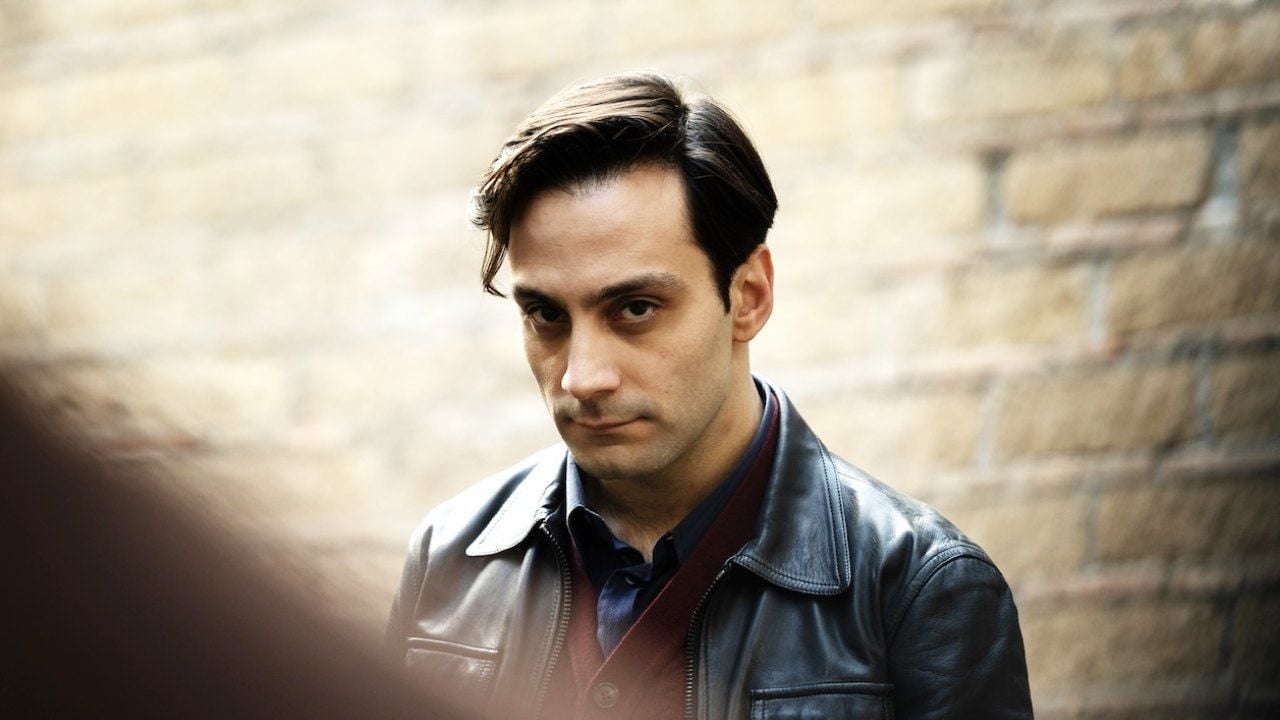For experts, this incident was the main event that triggered Jango’s removal from power and the subsequent establishment of the military dictatorship in Brazil. Considered the main cause of the 1964 coup d’état, which established the military dictatorship in Brazil, the Sailors’ Revolt took place. years, between March 25 and 27, in Rio de Janeiro. More precisely at the headquarters of the Metalworkers’ Union, where the Association of Sailors and Marines of Brazil (AMFNB) gathered to celebrate the second anniversary of the entity, in an event that brought together around 2 thousand sailors.
“It was, in fact, the event that catalyzed the unleashing of the coup,” says historian Paulo Henrique Martinez, professor at the Universidade Estadual Paulista (Unesp). “If the Central do Brasil rally launched civil conservatives into the streets for the coup, the meeting of the Sailors’ Association was trumpeted as a pretext to gain support in the Armed Forces themselves.”
The event brought together trade unionists, student leaders, the politician Leonel Brizola and the sailor João Cândido, who had led the famous Whip Uprising in 1910. Even today there is controversy over the legality of the event. On the one hand, the association was a registered body, the participating sailors were on holiday and the celebration did not take place in a military office, that is, everything in compliance with current regulations. On the other hand, the Navy had not recognized the AMFNB’s representation, although no documents had recorded otherwise. In other words: the institution does not approve, but has not banned the group’s existence either.
“The sailors rebelled against the orders of their commands,” summarizes the historian Daniel Aarão dos Reis, professor at the Federal University Fluminense (UFF).
Jango, President João Goulart, was invited to the event, but did not attend; according to reports at the time, military authorities, including then Navy Minister Silvio Mota, advised him not to attend the event given the current climate. “The episode of the Sailors’ Revolt greatly shook the soldiers who supported Jango, who were very numerous and significant”, comments Reis.
Assembly
The meeting was not just festive. On the agenda was the sailors’ struggle for better working conditions, housing and food, especially compared to Navy officers, who enjoyed better benefits than their second-class subordinates.
The AMFNB brought together low-ranking military personnel and the meeting had an agenda considered to be one of insubordination towards the sector authorities, with the support of the left. The militants demanded better conditions and some rights comparable to those of officers. They were not armed.
Minister Mota sent a contingent of marines to arrest the sailors present at the event. But it did not work. What happened is that the military personnel tasked with carrying out the task ended up joining the demonstration. The solution, then, was the intervention of the army, which decided to surround the building, quell the beginnings of the rebellion and, finally, arrest the leaders of the movement.
“The sailors had rebelled against the orders of the command. The marines were deployed to contain that assembly and, in the end, they joined the group. It was necessary to call the Army troops because the sailors decided to surrender. But with the commitment who would be immediately amnestied”, summarizes Reis.
“This rebellion was, in my opinion, decisive in overthrowing the most determined coup plotters and in strengthening the resistance of the legalist officers [os militares que se tornaram resistência à ditadura]”, adds the historian.
Annoyed, President Jango decided to replace Minister Mota. Paulo Mário da Cunha Rodrigues, who took office on the 27th, decided, as the first act of his administration, the immediate release of the detained rebels.
Chief Anselmo
José Anselmo dos Santos, better known as Corporal Anselmo, was a soldier who became famous after this episode. He was the president of the AMFNB and is considered the main leader of the uprising.
Then linked to the left, he ended up allying himself with the military government in the 1970s. He began to play a double game, infiltrating the resistance and providing the dictatorial regime with information on his opponents.
There is information, albeit disputed, that he was already a double agent even before the coup – in this sense he would have already acted in the Sailors’ Revolt under the command of those who planned the dictatorship. The former director of the Department of Political and Social Order (Dops) of Rio de Janeiro, Cecil Borer supported this thesis.
Rebellion and coup d’état
But the issue was not resolved that way. In reality, both the rebellion and the amnesty for the rebels were intended by the Navy leadership as a breakdown of the hierarchy. This strengthened the military’s coup discourse. And, of course, it further isolated Jango, who, within a few days, would be deposed in a coup.
“In the early hours of April 1st, the farce that fueled these motivations wore the mask of the ethical and human tragedy that terrified Brazilian society for the next 24 years, until the new Constitution in 1988,” summarizes Martinez.
Source: Terra
Rose James is a Gossipify movie and series reviewer known for her in-depth analysis and unique perspective on the latest releases. With a background in film studies, she provides engaging and informative reviews, and keeps readers up to date with industry trends and emerging talents.






